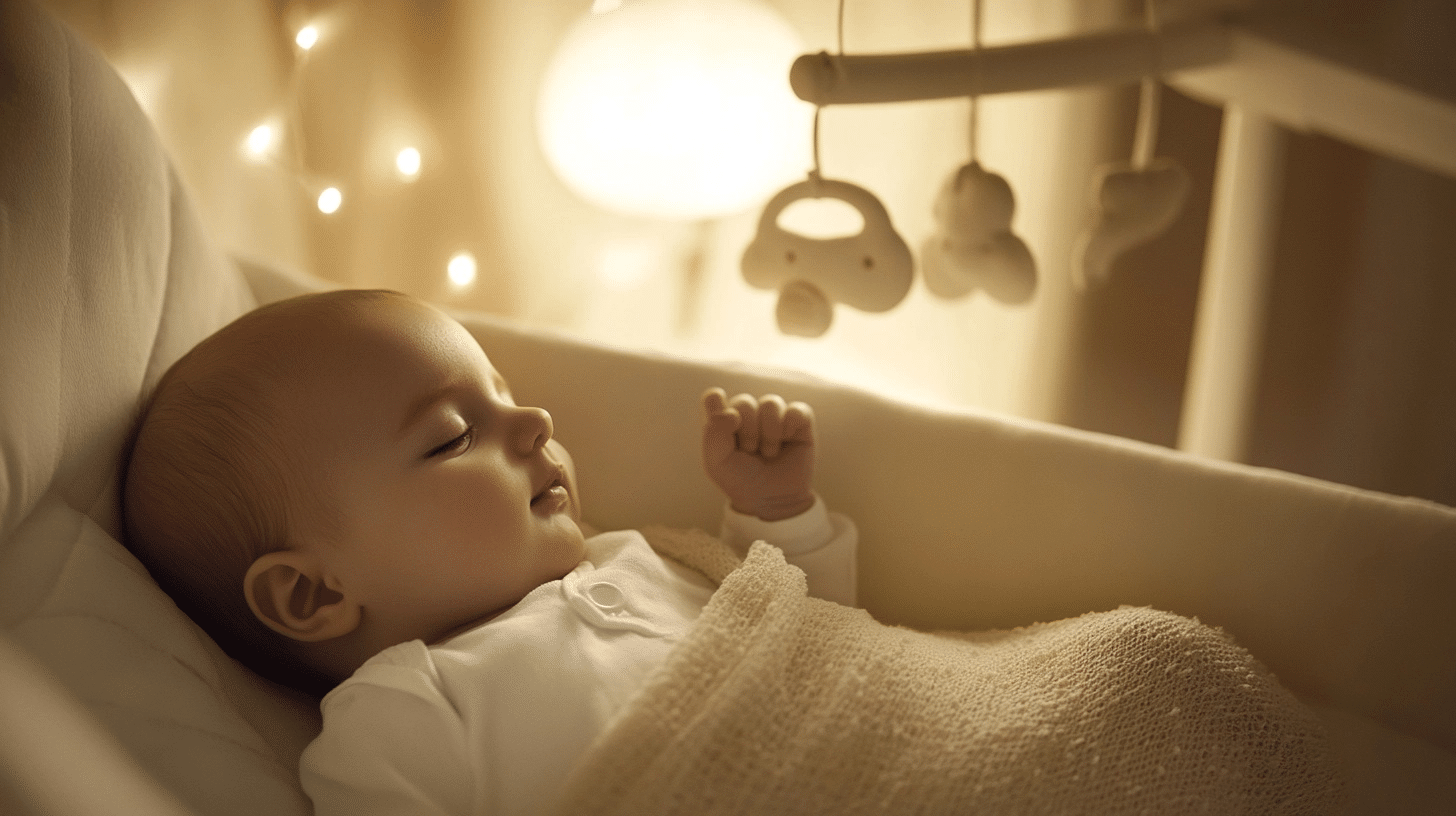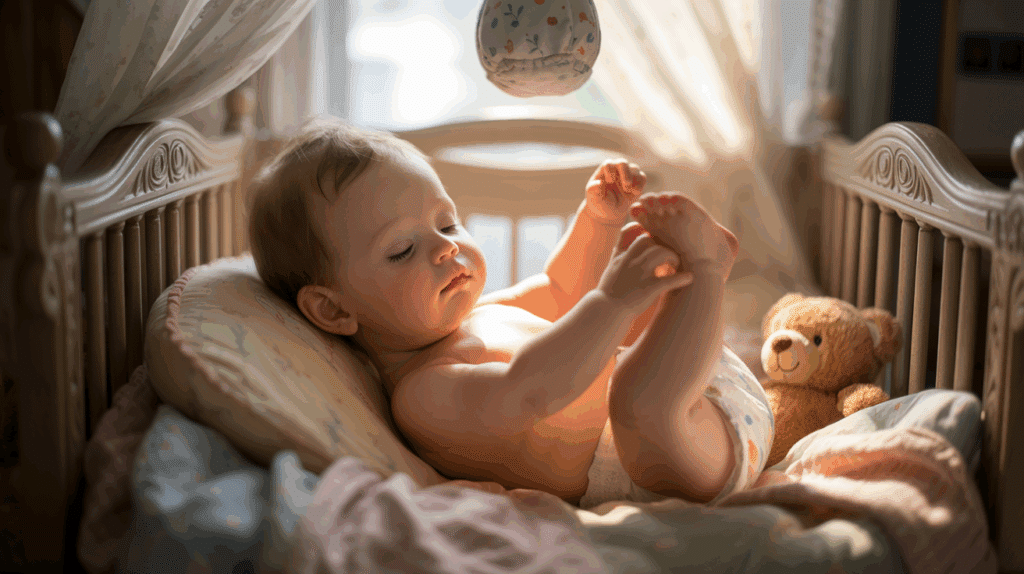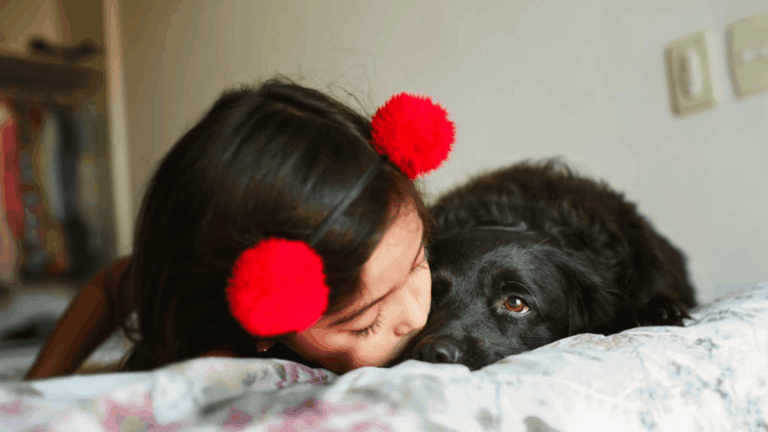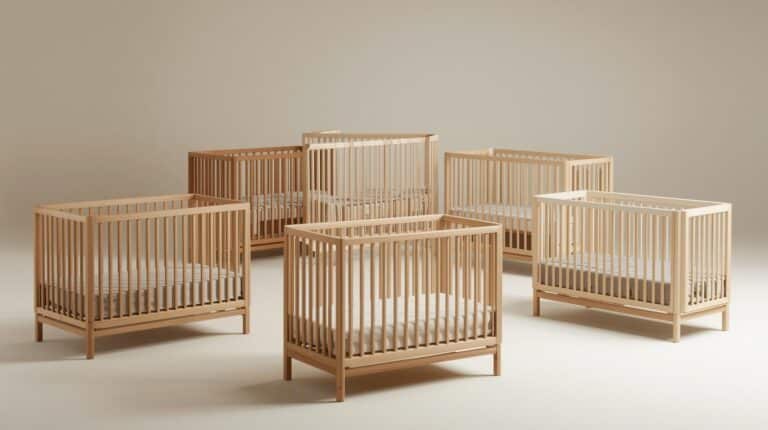Almost every parent has peeked into their baby’s crib at night, only to find their little one wiggling, stretching, or even rolling over in their sleep.
It can look a bit wild, and sometimes, it’s enough to make anyone wonder if something’s wrong.
But here’s the thing: babies are supposed to move a lot while they sleep. It’s a sign that their bodies and brains are growing just as they should. This blog goes through why do babies move so much in their sleep, when, if ever, parents should worry, and tips for helping your baby sleep better.
The Importance of Sleep for Babies
Sleep is vital for babies’ growth and development.
During sleep, their bodies release growth hormones that support muscle, bone, and organ development, while also repairing and regenerating cells. It’s not just about physical growth; sleep fuels brain development, too.
Babies process and consolidate memories, learn language, and build cognitive skills while they sleep, especially during naps. Good sleep also helps regulate emotions and social skills, making babies more adaptable and approachable.
In short, quality sleep lays the foundation for a baby’s physical health, mental growth, and overall well-being, making it one of the most important parts of their early life.
Explained: Why Do Babies Move So Much in Their Sleep?

Babies moving a lot in their sleep can be surprising for many parents, but it’s a normal part of how infants grow and develop.
Their sleep cycles differ from adults’, and their bodies and brains are constantly working even while they rest. Understanding why babies move so much can ease worries and help parents support healthy sleep habits.
The following are answers to your question: Why do babies move so much in their sleep.
1. Active Dream Cycles (REM Sleep)
Babies spend a significant amount of time in REM (Rapid Eye Movement) sleep, which is when the brain is very active and dreams occur. Unlike adults, babies’ muscles aren’t fully paralyzed during this stage, so they often move, twitch, or even make noises while dreaming.
This active sleep phase is crucial for brain development, helping babies process information and build neural connections.
Movements during REM sleep are natural and show that their brains are growing and learning, even if it looks like they’re restless or fidgety
2. Moro Reflex and Neurological Development
Newborns have a primitive reflex called the Moro reflex, which causes sudden jerky movements or limb twitches in response to stimuli like noise or changes in position. This reflex is part of their immature nervous system and typically fades by around 3 to 4 months.
Along with this, babies’ neurological systems are still developing, so involuntary movements help strengthen muscle control and coordination. These reflexes and developmental twitches are normal signs that the baby’s nervous system is maturing
3. Physical Comfort and Digestive Relief
Babies often move their legs and arms in sleep to find comfortable positions or relieve discomfort, such as gas or digestive pressure. Pulling legs up or kicking can help move trapped gas through their immature digestive systems, easing tummy troubles.
These movements are a natural way for babies to self-soothe and regulate bodily sensations. Parents may notice their baby relaxing or even burping after such movements, indicating relief
4. Practicing Motor Skills and Developmental Milestones
Movement during sleep also allows babies to practice motor skills they are developing while awake. Rolling, kicking, and stretching in sleep can be seen as “rehearsals” for milestones like rolling over, crawling, or walking.
These sleep movements help build muscle strength and coordination, supporting physical growth. As babies approach new milestones, increased movement during sleep is common and a positive sign of healthy development
Less Common Reasons for Babies Tossing in Their Sleep
Babies moving in their sleep is mostly normal, but some less common reasons might surprise parents. These movements can reveal interesting insights about their development or occasional minor issues.
Here are some uncommon answers to why do babies move so much in their sleep
1. Myoclonic Twitches for Sensorimotor Development
Some researchers believe that babies’ twitches during sleep, called myoclonic twitches, are more than random spasms. These movements help babies’ brains map their limbs and develop sensorimotor skills.
By activating circuits in the brain, these twitches assist in coordinating movements and strengthening neural connections, which is crucial for their overall motor development
2. Benign Neonatal Sleep Myoclonus
A rare condition called benign neonatal sleep myoclonus causes involuntary jerks in babies during sleep, often affecting limbs or the core.
Though these jerks resemble seizures, brain activity tests show no seizure patterns. This condition is harmless but can be alarming for parents unfamiliar with it.
3. Self-Soothing and Energy Release Before Sleep
Babies sometimes move vigorously before falling asleep as a way to self-soothe or burn off excess energy. These pre-sleep movements help them find comfort or calm down, especially if they haven’t had enough physical activity during the day. It’s a natural behavior that aids in transitioning to sleep.
4. Immature Nervous System and Reflexes
Beyond the Moro reflex, babies’ immature nervous systems cause spontaneous limb movements and twitches during sleep. These reflex-driven motions gradually decrease as the nervous system matures, reflecting the baby’s ongoing neurological development and muscle control acquisition
5. Night Terrors and Nightmares
Though more frequent in older children, night terrors can occasionally occur in babies. During a night terror, a baby might thrash, cry inconsolably, or appear frightened while still asleep. Unlike nightmares, which happen during REM sleep and involve vivid dreams, night terrors occur during deep non-REM sleep, and the baby usually doesn’t fully wake up.
When to Be Concerned About Baby’s Sleep Movements
Babies moving in their sleep is usually nothing to worry about; it’s often just a sign of healthy brain and body development.
However, there are times when certain movements or behaviors might indicate a need for closer attention.
Knowing when to be concerned can help parents feel more confident and ensure their baby’s safety and well-being.
- If your baby’s movements are accompanied by high-pitched squeaking sounds or unusual noises that don’t seem typical for sleep, it’s worth checking with a pediatrician.
- Rapid breathing over 60 breaths per minute, especially if it lasts for several seconds or happens repeatedly, can be a sign of distress and should be evaluated.
- Struggling to breathe, such as grunting after every breath or showing retractions (sucking in between ribs), requires immediate medical attention.
- If your baby’s movements look like continuous jerking or shaking that wakes them frequently, it might indicate Pediatric Periodic Limb Movement Disorder, which needs professional assessment.
- Sudden stiffening or arching of the back, combined with crying or apparent pain during sleep, could signal discomfort or a medical issue needing evaluation.
- If your baby stops breathing or turns blue during sleep, call emergency services immediately. This is a medical emergency.
- Persistent inability to settle or excessive restlessness that interferes with feeding, growth, or daytime alertness should be discussed with a healthcare provider.
How to Help Your Baby Sleep Better Despite Tossing?

Helping a baby sleep better despite tossing and turning involves creating a calm, consistent environment that soothes without overstimulating.
Parents can keep lights low, use soft music or white noise, and gently rock or pat their baby to help them settle.
Establishing a bedtime routine at the same time every night signals it’s time to sleep. Dressing the baby in a weighted swaddle or sleep sack can provide comfort and reduce movement.
Putting the baby down when drowsy but awake encourages self-soothing, helping them learn to fall asleep independently. Checking for basic needs like hunger, temperature, or a clean diaper also helps reduce restlessness.
The Bottom Line
We hope this blog has resolved all your questions on why do babies move so much in their sleep.
Babies moving a lot in their sleep is a natural part of their growth and development, reflecting healthy brain activity and physical progress.
While most movements are harmless, understanding the reasons behind them can help parents feel more at ease and recognize when to seek medical advice. Creating a soothing sleep environment and consistent bedtime routine supports better rest, even if the baby continues to toss and turn.
Acknowledging this phase with patience and knowledge makes life smoother for both the baby and the parents.


















